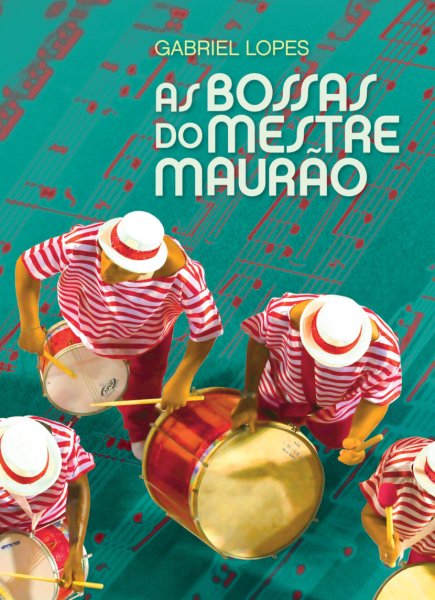Fundamentals of Samba School Baterias - Gabriel Lopes
Have you always wondered how Samba Endredos actually work? When to play which part, how the harmonia goes together with the bateria and how the arrangements work? Are you totally lost and don't understand what the different parts in a Samba de enredo mean? Finally all these questions will be answered once and for all. Know your way around a Samba de enredo, which part has which function and most importantly: when to play what and why! Reading this book will make you a lot more confident in your bateria, whether you are a ritmista or a band leader.
Take a peek:
Samba school baterias, initially small with around 20 members in the late 1920s, have now grown to include 200-300 percussionists. These percussion orchestras, celebrated for their powerful sound and swing, have become iconic symbols of Brazilian culture.
This book aims to comprehensively examine the rhythmic aspects of Samba and the role of a samba school's bateria. It provides an educational guide for readers to understand how the unique bateria sound is created. By the end, you will fully understand how a bateria arrangement is created and will be able to work on your own bateria arrangements. All scores of the book are accompanied by their respective audios.
The first part delves into a brief history of Samba's origin, the emergence of Samba schools, and their baterias. It also explores the instrument distribution within a bateria and the impact of the Samba-enredo format on band arrangements.
The second part covers the fundamental rhythmic patterns of Samba and details the commonly used instruments in Samba schools, showcasing their basic grooves and roles within the bateria.
In the third part, the focus shifts to the four elements employed by baterias in composing arrangements. Each instrument's function within these elements is explained, along with their occurrence in the Samba-enredo. The section concludes with a practical application of the concepts in a basic arrangement for the Samba-enredo "É Hoje."
In the last part, Gabriel gives a brief description of each of the most traditional Samba schools in Rio de Janeiro, focusing on the characteristics and history of their baterias.










